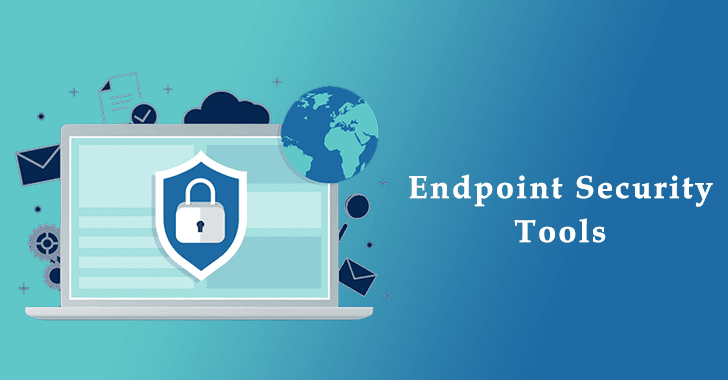For cybercriminals, endpoints are significantly vulnerable points of entry. Attackers run code on endpoints and use flaws to their advantage. Endpoints are also locations for assets that can be encrypted, exfiltrated, or used. Endpoints are more vulnerable to cyberattacks as organizational workforces become more mobile and users connect to internal resources from off-premises endpoints located all over the world.
>End points are the most vulnerable points in a network. Attackers target end points because they are typically easier to exploit than other network parts. Attackers know that end point users are generally more trusting and less security-conscious than users of different network parts. Attackers also use end points to launch attacks against other systems on the network, including servers, desktops, laptops, and mobile devices.

Importance of end point security
Companies need more visibility and control over their endpoints as the security perimeter grows increasingly permeable. They need equipment that will enable them to keep an eye on, manage, and secure even remote endpoints. Additionally, small and medium-sized enterprises (SMBs) and major corporations both need endpoint protection. Cybercriminals frequently take advantage of the fact that SMBs do not view themselves as desirable targets for cyberattacks and do not, therefore, put in place sufficient security measures, leaving their endpoints exposed and unprotected.
For example:
-
- A hacker could penetrate your end point and steal your login information for your online accounts.
-
- A malicious application could infect your end point with malware that gives an attacker control.
-
- An attacker could exploit a vulnerability in an application or service installed on your end point to access confidential data or systems.
How does end point security work?
EDR End point security is the measures to protect an information system and its data from unauthorized user access. Endpoint security aims to protect the methods and data from malicious actors who may wish to gain access to exploit vulnerabilities or steal confidential information. One common approach is to deploy antivirus software on end points, which will scan incoming data for signs of infection. The software will attempt to remove the infection if a condition is detected. Another common approach is to use firewalls at the end point level. A firewall monitors all traffic that passes through it and can block or allow specific types of traffic depending on the settings configured by administrators. By default, a firewall will usually protect against malware attacks. Still, it won’t prevent other types of attacks, such as unauthorized access. The final type of end point security measure is log monitoring. Logs contain detailed information about what happened during a user session on an endpoint. This information can detect activity that should not have occurred (such as attempted exploits or theft of confidential data) and help administrators track down malware infections.How to implement end point security?
There are several ways to implement endpoint security in which using software solutions that provides antivirus, antimalware, and firewall protection is one way to ensure endpoint security. Another way is to physically secure end point devices, such as locks and passwords.Below are some tips for how to implement end point security:
- Identify which devices need security. Not all devices in your organization will need the same level of protection. Consider which devices handle sensitive data or have access to critical systems. These are the devices that should be a priority for securing.
- Choose the right software solution. There are many different software solutions available for endpoint security. Do some research to find the one that best fits your needs. Ensure it offers antivirus protection, antimalware protection, and a firewall.
- Configure settings and deploy the solution across devices. Once you have chosen a software solution, configure it with the appropriate settings for your organization. Then deploy it across the end point devices that need protection. This may require assistance from IT staff or an outside consultant.
- Monitor and update regularly. Regularly monitor the security of your organization’s end point devices and update any software solutions as needed. This will help ensure that they remain secure and protected from threats.
